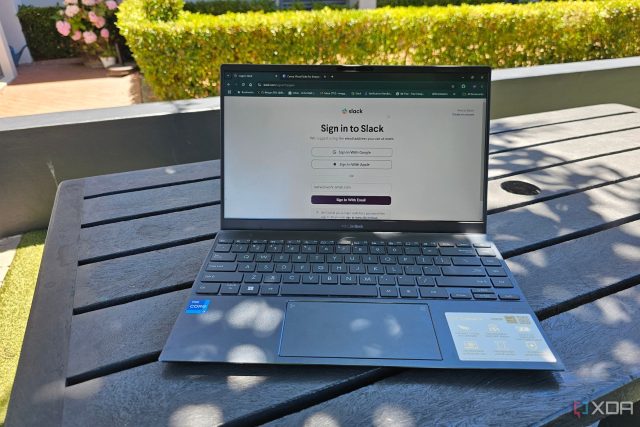Windows is packed with features and settings, but not all of them are beneficial for every user. Some can compromise your privacy, slow down your system, or are simply useless for many of us. Here are the Windows settings I regret not disabling sooner, and how to do it.
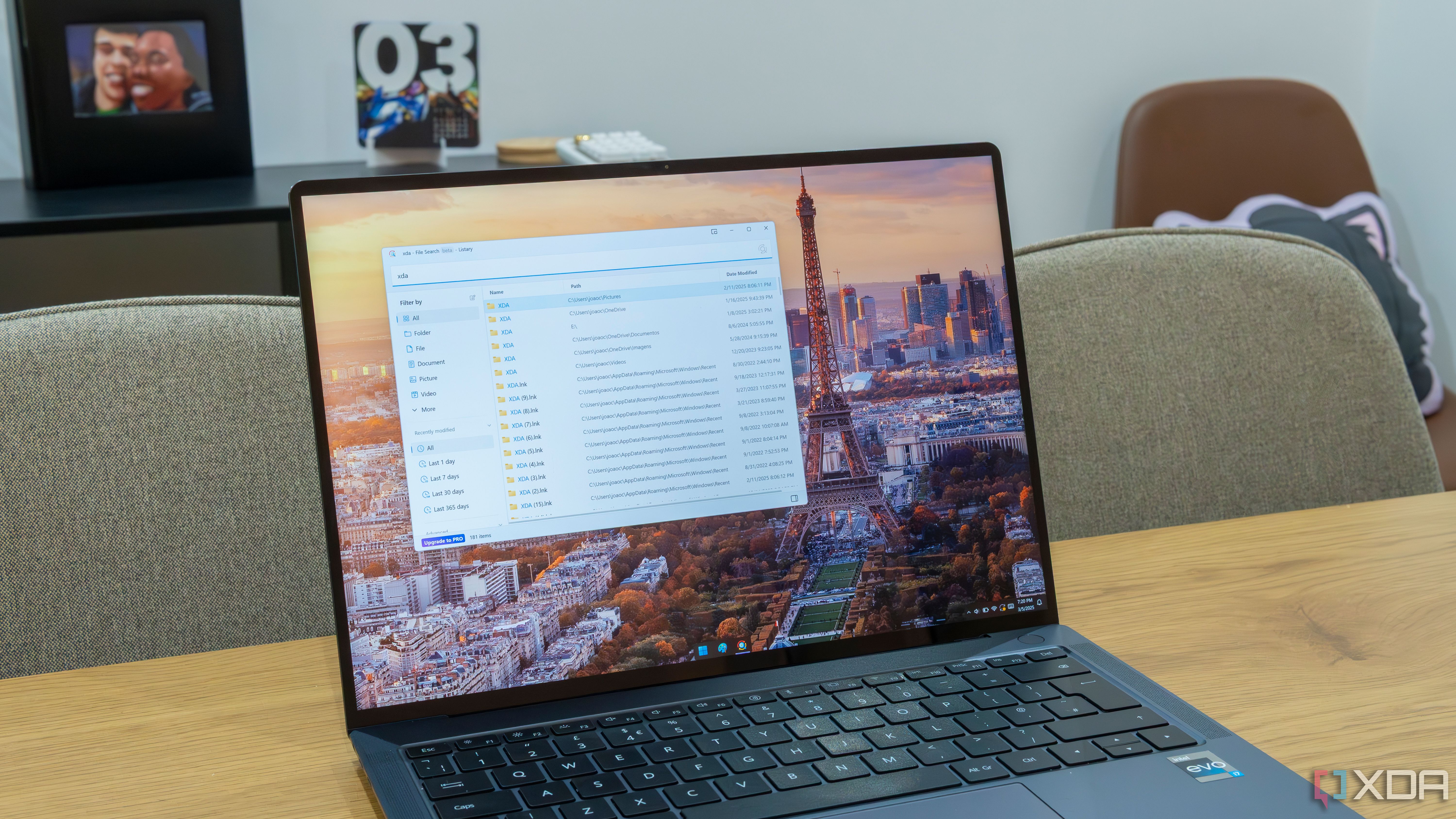
Related
5 essential tips to optimize Windows 11 for office work
Windows 11 has many features that can help you optimize your device for office work. Here’s what you can do.
5
Allowing apps to run in the background
Disabling them will save some resources
If you don’t pay attention during app installation, over time, you get a whole list of apps that run silently in the background. Most of them consume small amounts of RAM and CPU, but when you add them up, you might see an overall impact on system performance and battery usage.
The bad news is that you can’t just check a list of background apps. Instead, you have to go to Settings -> Apps -> Installed apps and go through each of them. If you don’t know which one might run in the background, click on the three-dot menu on its right, check if it features the Advanced options option, and select it. If the app doesn’t have this option in the menu, go to the next one.
Another method to find the background apps is to check Task Manager and go through the apps that use less memory and CPU. This is usually an indication that they are running in the background. However, make sure you don’t disable background activity for the antivirus or apps you need to run.
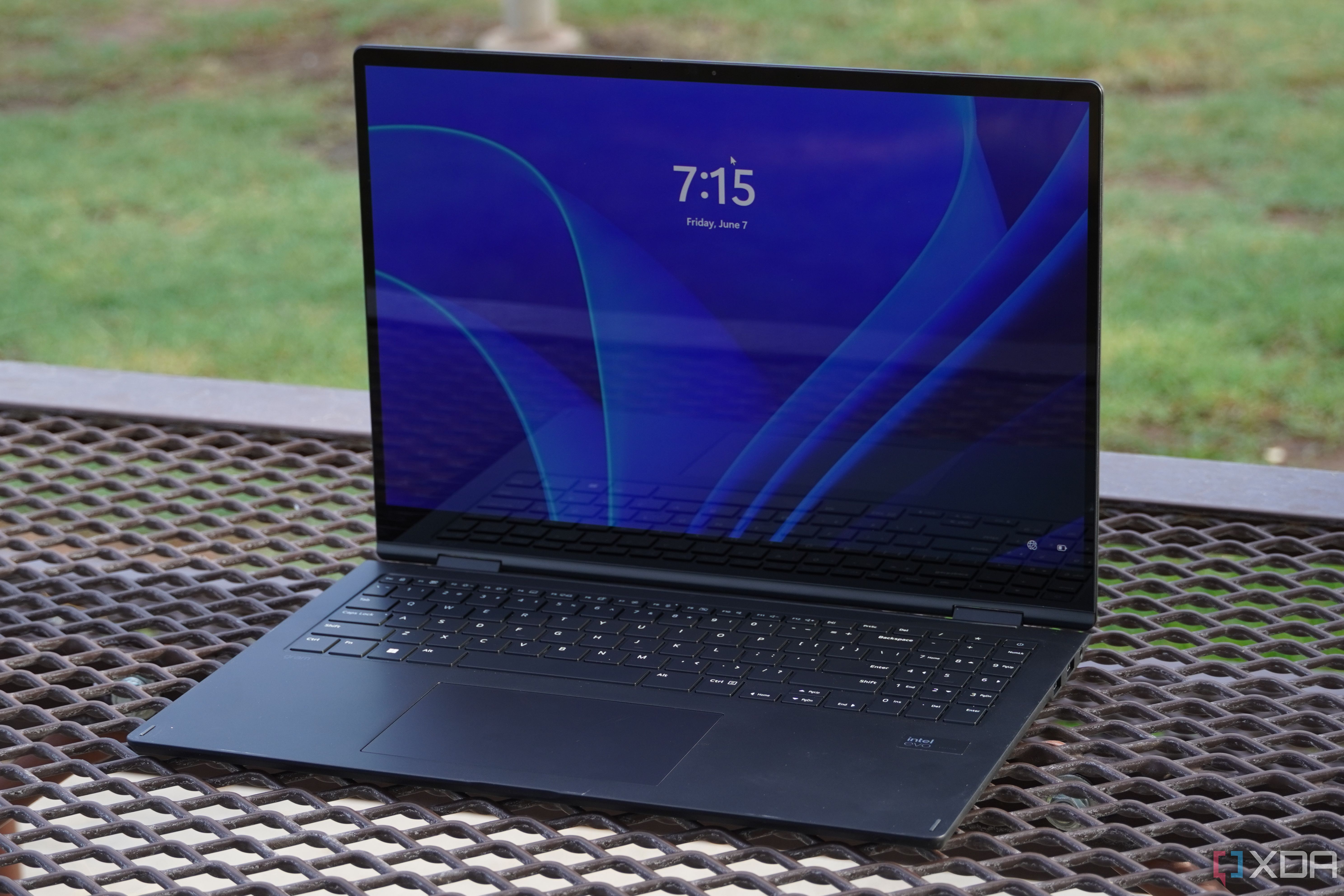
Related
11 ways to improve Windows boot time for quicker startup
Tired of waiting for your PC to boot? Discover 11 effective ways to speed up Windows startup and enjoy faster, smoother performance every time.
4
Hibernate mode
Sleep mode is good enough for daily usage
Hibernate saves your session on the hard drive and powers off, resuming later. It’s a great feature if you plan to keep your device off for long periods, but if you’re using it daily, it’s not the best feature to keep enabled. The problem is that the hiberfil.sys file that is used for this process can occupy gigabytes of disk space. You can still use the Sleep mode instead, so hibernation is not really necessary. Thankfully, hibernate is usually disabled by default, but if your PC is different for some reason, you can disable it.
The easiest way to disable hibernation is to run the powercfg /h off in an elevated Command Prompt window, but you can also do that by accessing the Power Options in Control Panel and selecting the Choose what the power buttons do option. You will need administrative privileges to disable Hibernate.
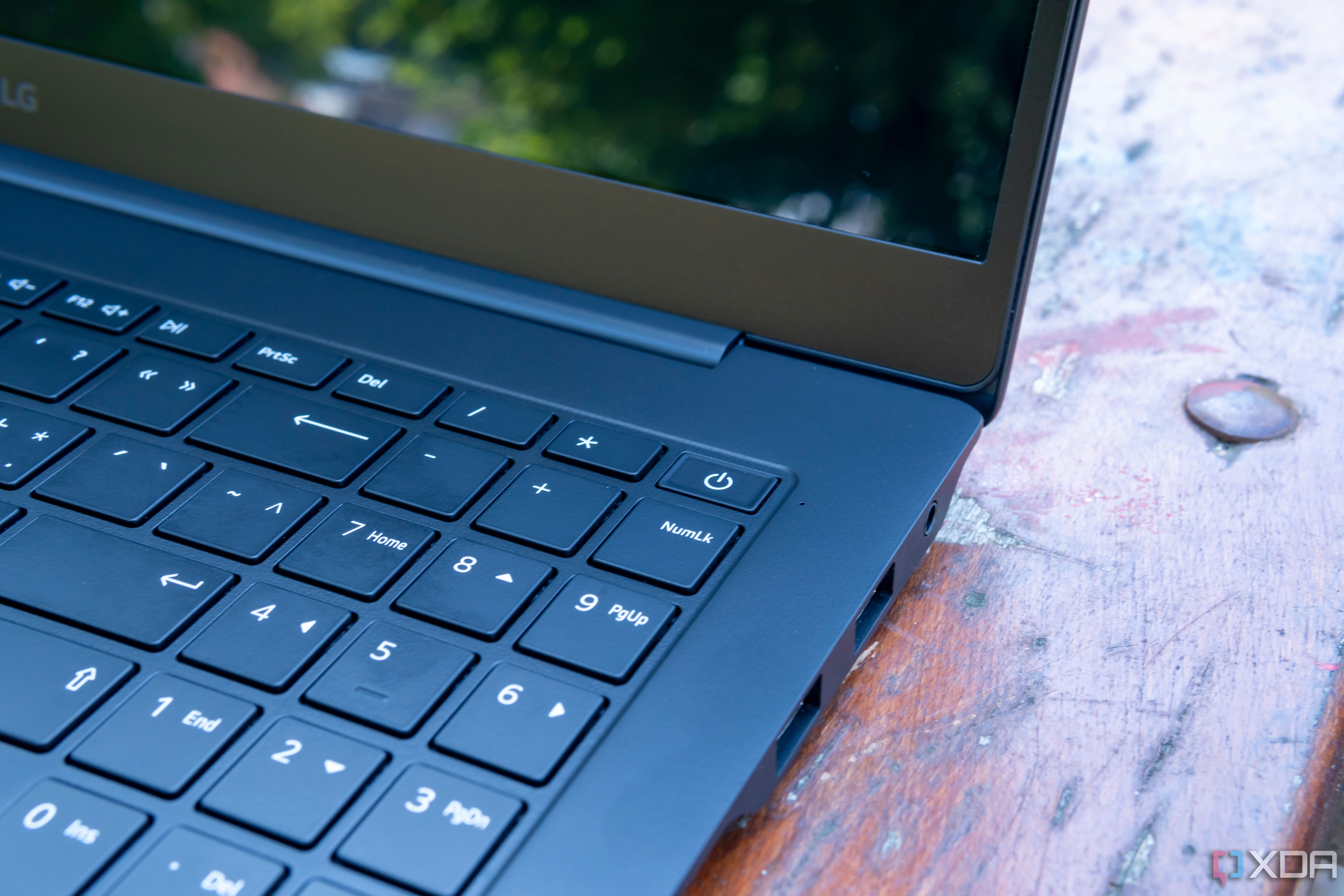
Related
How to enable hibernate mode on Windows 11
Here’s how you can enable the energy-saving hibernate feature on Windows 11
3
Telemetry and diagnostic data
You don’t have to send that data to Microsoft
Telemetry is Microsoft’s data collection process to monitor how Windows performs on your device. While it may help improve future updates, it also means you’re sending a lot of information to Microsoft in that process. This feature sends your browsing habits, app usage, and hardware details to Microsoft. It also runs background processes that drain resources, and somehow I missed disabling this feature for a long time.
To do that, go to Settings -> Privacy & Security -> Diagnostics & Feedback and disable Diagnostic data. You may also delete the diagnostic data and Microsoft will also remove its copies from its database. You can also turn off the Diagnostic Data Viewer below that. It uses approximately 1 GB of hard drive space, but you might also use this information yourself, so it’s a matter of how much you need the free space.
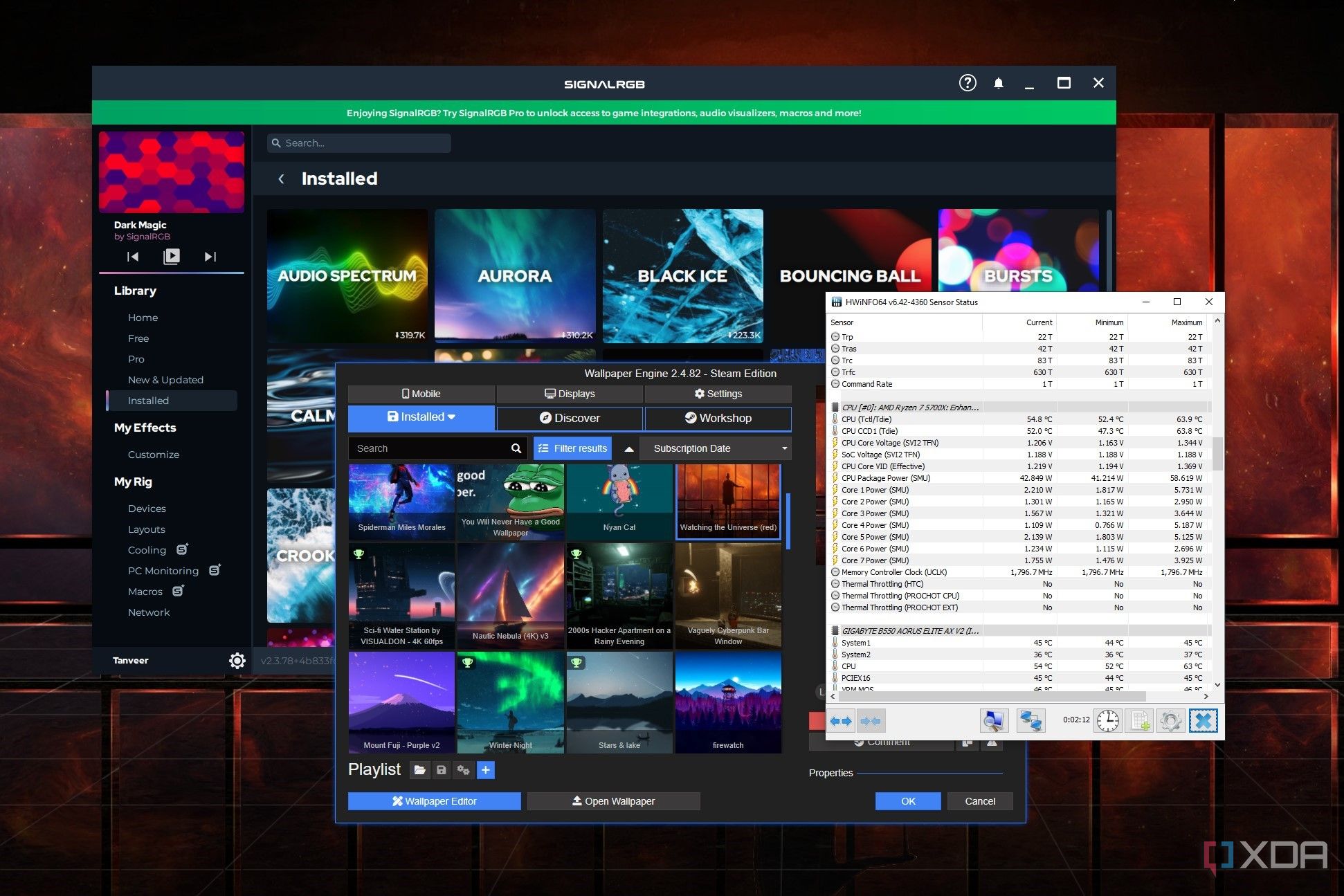
Related
6 diagnostic tools you need on your Windows 11 PC
If you are constantly dealing with performance issues on your PC, then you should always have these 6 tools on hand
2
Notifications, tips, and suggestions
I ignored these for way too long
Windows occasionally shows pop-ups with tips and suggestions, often in the form of notifications. I disabled the notifications for most of the apps on my phone, but I totally ignored the ones on Windows, and now they have started to become annoying.
First, navigate to Settings > System > Notifications and scroll all the way down to Additional settings. You should disable the Get tips and suggestions when using Windows but you can do the same with the other two options because they are not very helpful either.
Next, go back up, and you can either disable all notifications or go through the list of apps and disable the notifications from the apps that are bugging you frequently. It seems like a small thing to do, but Windows will suddenly become less annoying.
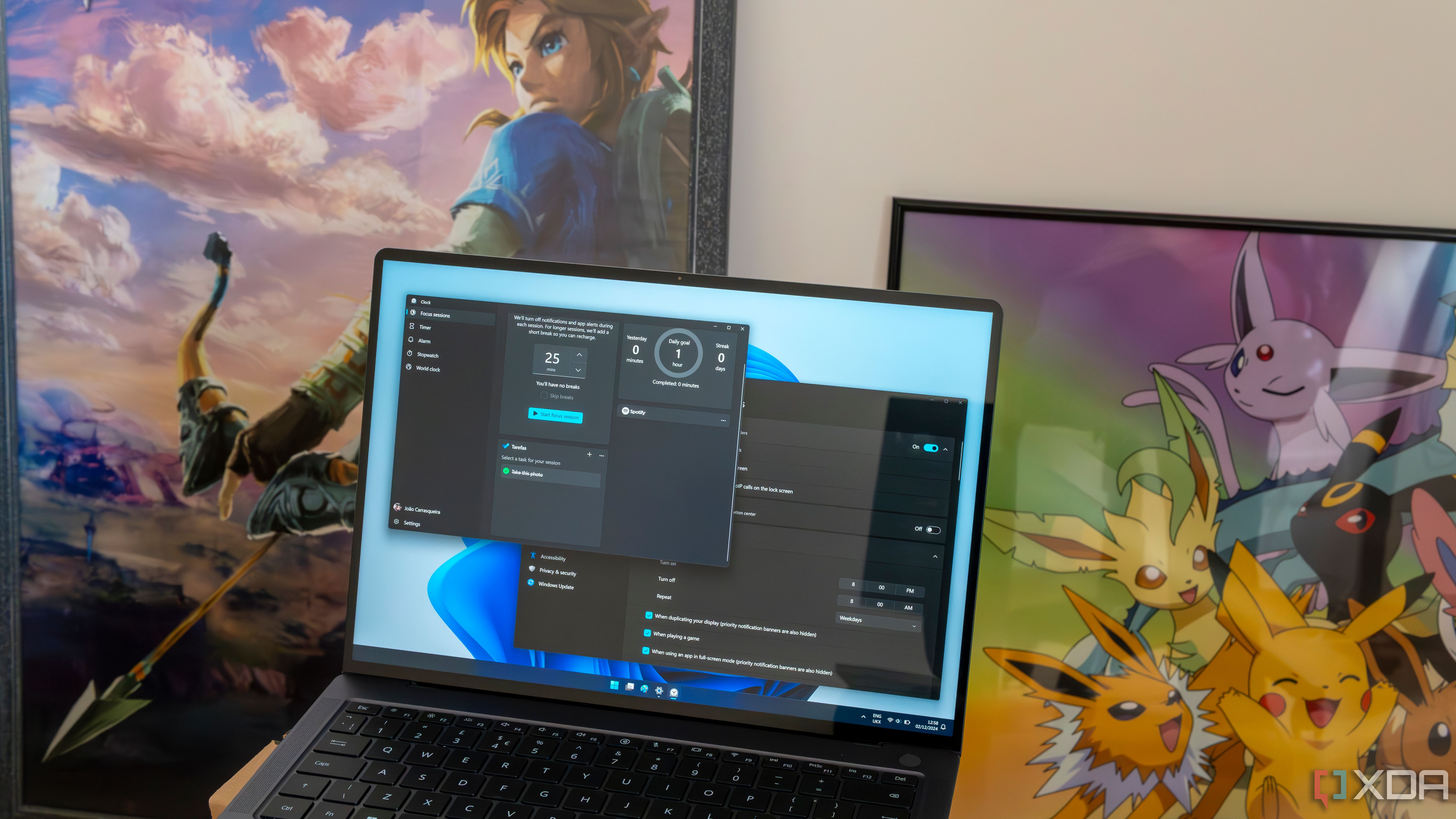
Related
7 ways to manage your notifications on Windows 11
Stop being interrupted by notifications
1
Lock screen
Let’s get right to business
The lock screen displays time, notifications, and wallpaper before reaching the sign-in screen. It might be nice for some, but for me, it’s just an additional step before logging into my PC, and it’s pointless. Moreover, by displaying that information, the lock screen is consuming resources.
You can simply disable the lock screen by enabling the Do not display the lock screen policy from the Local Group Policy Editor. Once you lock the computer, you will see the sign-in screen and bypass the lock screen. This only works on Windows 11 Pro. If you have the Home version, you can still do that by using the Registry Editor. It is a bit more complicated, and it involves creating a Notlockscreen DWORD value in the WindowsPersonalization key. Don’t forget to back up the Registry before making any changes.
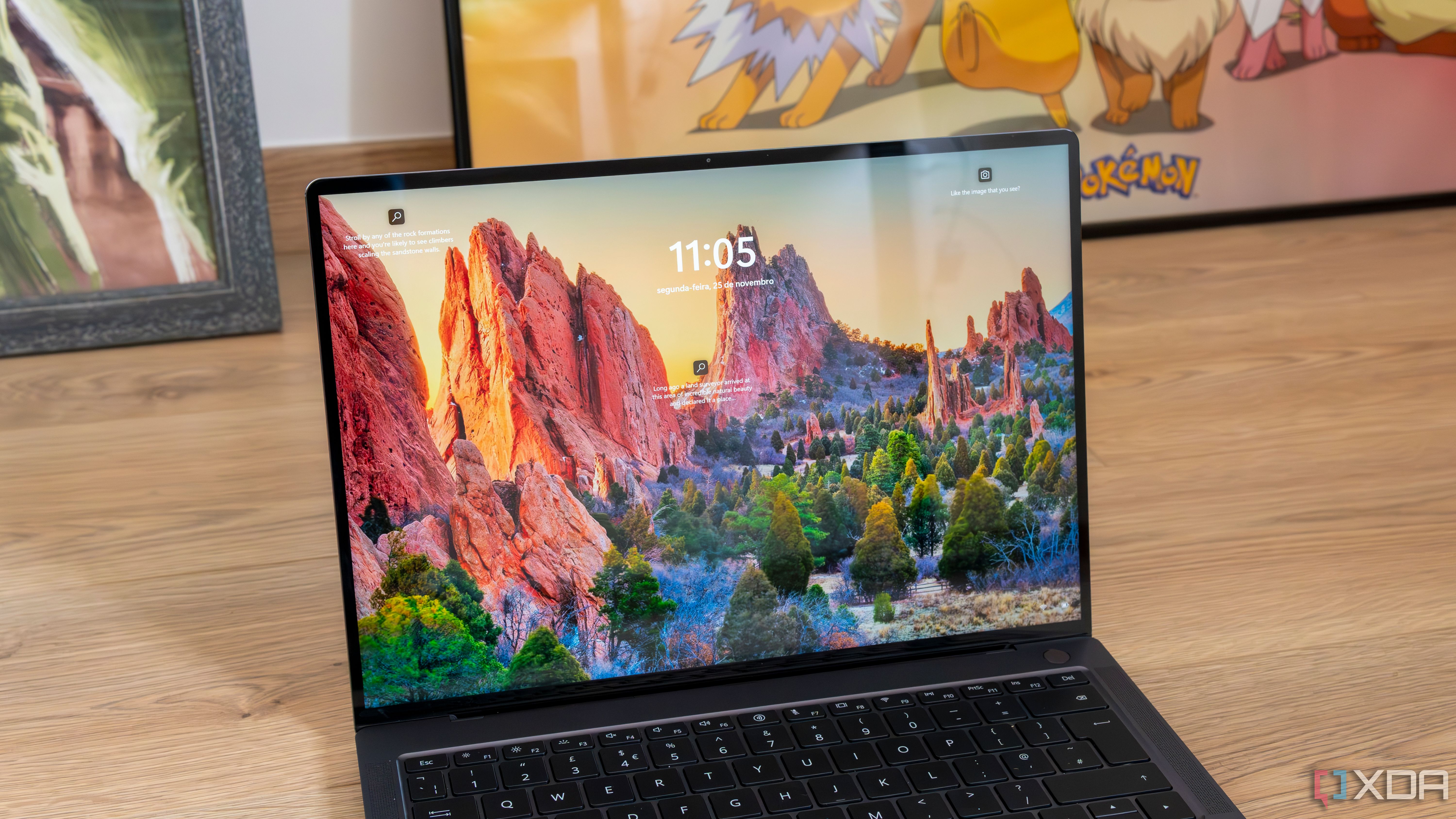
Related
6 ways you can customize your Windows 11 lock screen to make it truly yours
Make it work perfectly for you
This is just the start
These are just some of the Windows settings that you might have ignored, just like I did. You might also want to disable location tracking, automatic updates, or inking and typing personalization while you’re looking to hold back on data sharing or resource consumption. These small changes might not be earth-shattering, but are smart tweaks that can make your system more responsive and improve privacy.


